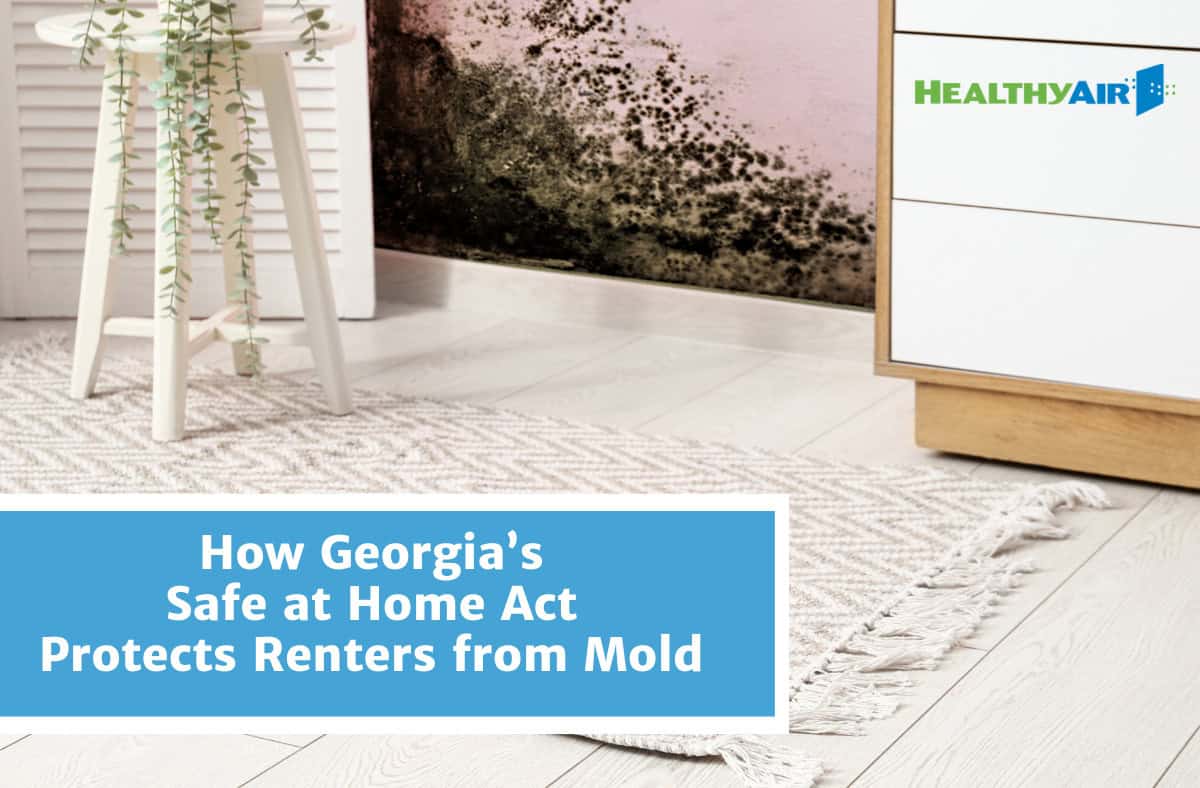What are VOCs (Volatile Organic Compounds)?
Understanding VOCs
Volatile organic compounds (VOCs) are chemicals. They evaporate into the air you breathe. It is interesting to note that there are plenty of consumer goods, which emit VOCs. Case in point is the “new car smell” the dealership points out. It is a prime example of volatile organic compounds at work.
What is Releasing VOCs in the Home?
Numerous products emit VOCs into the air. For example, the chemicals you smell when you bring home the dry-cleaning come from perchloroethylene. When you open the closet and still notice the lingering odor, you know that the clothes are emitting it on an ongoing basis.
Next, there are felt-tip pens. The art project that calls for permanent markers or felt-tip pens results in strong smells. This happens because of compounds such as benzene that the ink gives off as it dries.
Is Your Air Quality at Risk?
Scientific evidence suggests that some VOCs cause cancer in animals. Therefore, it is possible that they could also adversely affect your health. Of course, you do not have to look to a worst-case scenario. People who are sensitive to the presence of VOCs report feeling dizzy, tired, and nauseated. Some come down with headaches and allergy symptoms.
Err on the side of caution and invite a specialist to your home for VOC testing. It identifies the presence of environmental hazards. Once you have the information, you can take steps to reduce the compounds in your home.
Minimizing the Presence of Volatile Organic Compounds
There are some things you can do to reduce your exposure to VOCs in the home. Depending on the results of the test, you may benefit from implementing some of them.
- Buy floor model furniture. New out-of-the-box furniture discharges VOCs coming from glue, paint, lacquer, and finishes. If the furniture has been put together and out in the open for a bit, many of these gasses have diminished. Buying floor models gives you the benefit of bringing something home that already released much of its gasses.
- Have an art room. This area should be well ventilated – preferably with cross ventilation – where you and your children do any painting and other artwork. It keeps the paint emissions contained in one area where you can easily control it.
- Replace high-VOC rugs. Synthetics are notorious for releasing gasses into the air for years to come. In some cases, it is possible to get in front of the problem by allowing a new rug to air out outside before bringing it in. If the chemical smell does not go away, consider replacing the carpet with something made from sisal or wool. Another option is to buy a rug that features a low-emission guarantee.
- Install an air purification system. Not only does it filter out irritants, but it also freshens the air you breathe. If you are susceptible to allergic reactions due to indoor air pollutants, adding this product can make a significant impact on your overall quality of life.
Learn more about VOC, VOC testing, and air purification from the experts. Contact HealthyAir USA today.



